Cutting or picking mushrooms
6 years ago · Updated 6 months ago

- Cut or pull mushrooms, the eternal question for mushroom pickers
- Which is better, cutting or pulling mushrooms?
- How to cut mushrooms with a knife
- What are the most suitable knives for cutting mushrooms?
- Which species of mushrooms are best to cut and which are best to pull up?
- Cut or pull up, how do you harvest cultivated mushrooms?
Cut or pull mushrooms, the eternal question for mushroom pickers
The question of whether to cut or pull mushrooms is probably the most frequently asked question among mycology enthusiasts and customers of La Casa de las Setas. We will outline the advantages and disadvantages of both options so that you can make a decision. Although we have already stated that in the world of mycology, there are no absolute truths.
Which is better, cutting or pulling mushrooms?
If the question is important, the answer is not far away. The answer that most people agree on is “it depends.” With all the ambiguity that this word implies. And it depends because there really is no golden rule, as some species need to be harvested by cutting the stem and others simply by pulling the mushroom with a small movement.
It depends on the common sense of the picker. Because, with little experience in the woods, we will know which specimen will suffer less by being cut or pulled out. Well, not the mushroom, its mycelium.
Because that is the key point. The purpose of cutting or pulling is to leave the mycelium of the mushroom ready to continue producing sporophores, either in the same season or in future seasons.
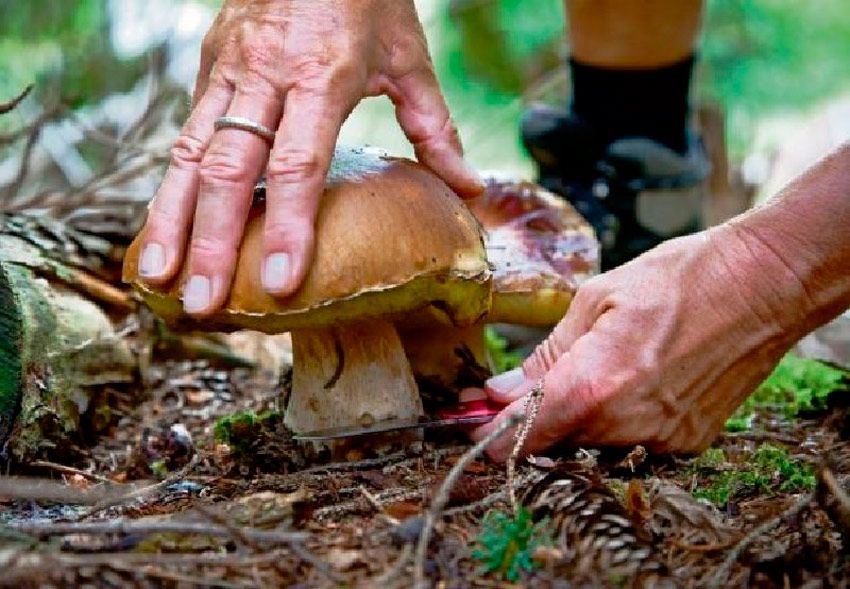
Cutting or pulling. Opposing theories
There are mushroom pickers who defend both of these ways of collecting wild mushrooms, even among the community of mycologists and scientific experts. The reason is that they are all right, and at the same time, none of them are. We will list the arguments put forward by each group so that we can form a balanced opinion.
It is better to pull mushrooms out
The main argument of these advocates is that the mycelium suffers less when the mushroom is pulled out and part of it is removed. In this way, we promote the dispersion of the mycelium, as happens with spores.
Another reason would be that the piece of the mushroom's stem that we leave behind when cutting it off could cause damage to the rest of the mushroom as it decomposes.
How to pull mushrooms. Technique
The correct technique if we choose to pull the mushroom would be to rotate it. To do this, we would hold the stem or foot of the mushroom and rotate it 360º on its axis. It would come away from the ground, causing as little damage as possible to the mycelium.
There are tools and knives available on the market that allow certain mushrooms to be extracted using a lever action. These knives are really suitable for certain species of mushrooms that grow half buried, such as chanterelles, boletes, and certain amanitas such as the gurumelo or caesarean mushroom

How to cut mushrooms with a knife
If we choose to use a mushroom knife, we should cut the mushroom at the base. Make a horizontal cut as close to the ground as possible. Avoid letting the knife blade go into the ground as much as possible to preserve the mycelium.
If we decide to cut the mushroom, we will leave part of the stem in the ground, which will protect the mycelium from the sun, light, and wind. We must not forget the photobiotic quality of mycelia, which are affected by light.
The myth that the rest of the cut stem will rot and damage the mycelium is not true. Mushrooms in their natural state grow and rot in the same place. And that doesn't mean they stop reappearing every season.
What are the most suitable knives for cutting mushrooms?
There are many types of knives that can be used to cut mushrooms, although it is recommended to use one with a curved blade, such as a serrated knife. The curved shape is the one that best adapts to the perimeter of the stem and gives the best cut. In our online knife and cutlery store, you can choose from a wide range of knives of this type.
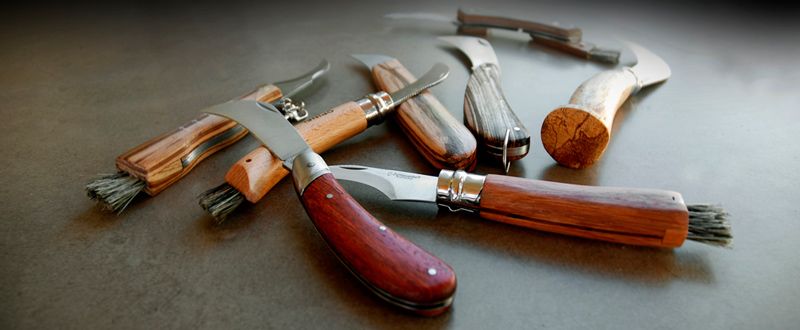
No raking the mountain
At this point, you will already be clear on this statement. It is the first thing a mushroom hunter learns. The reason is clear. If you want to pick mushrooms in the future, you must respect your mushroom spots and help them grow. This is exactly the opposite of what you will achieve if you use a rake.
A good mushroom picker will not only avoid using this tool, but will also reprimand those who do.
Everything up to the foot is mushroom
This is something that cultivated mushroom growers and professional wild mushroom pickers know very well. Cutting off part of the stem means less weight and therefore less profit in their production. This is why it is normal to find mushroom species that include the entire stem, even when it has no culinary use.
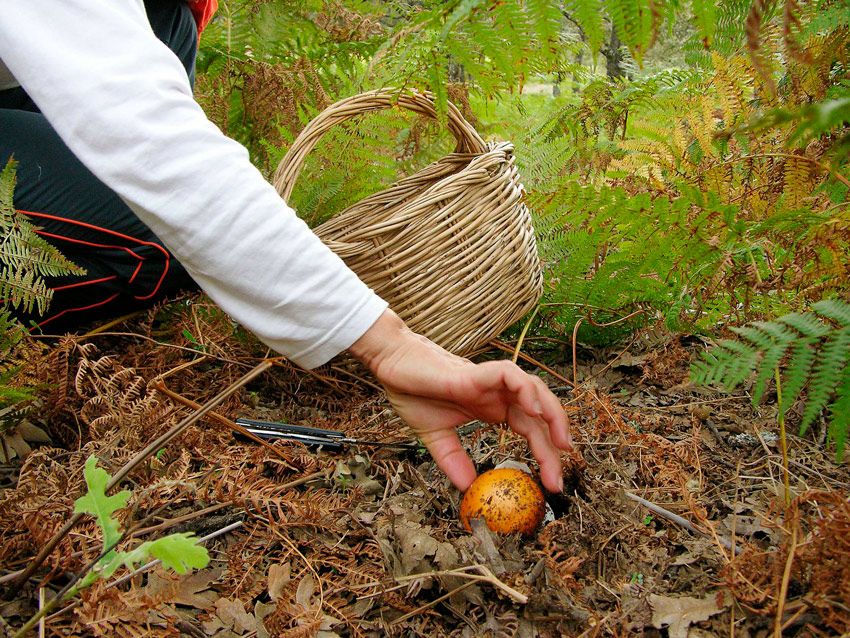
Which species of mushrooms are best to cut and which are best to pull up?
Here, common sense helps a lot, because not all mushrooms grow in the same way. Sometimes a mushroom specimen develops a very long stem, and other times the same species has almost no stem at all. Despite this, there are a few species that are better suited to one harvesting method or the other.
Be careful when cuttingamanita mushrooms
In harvesting areas where different species of mushrooms coexist, such as button mushrooms and poisonous amanita mushrooms, common sense tells us that we must ensure that the mushroom does not have a volva. For safety reasons, it is advisable to pull up the entire mushroom. This is the only way to avoid a terrible disappointment.
Boletus mushrooms: better to pull them out
In certain species such as boletus mushrooms, especially if they are large, it is better to pull them out, as they come away almost by themselves.
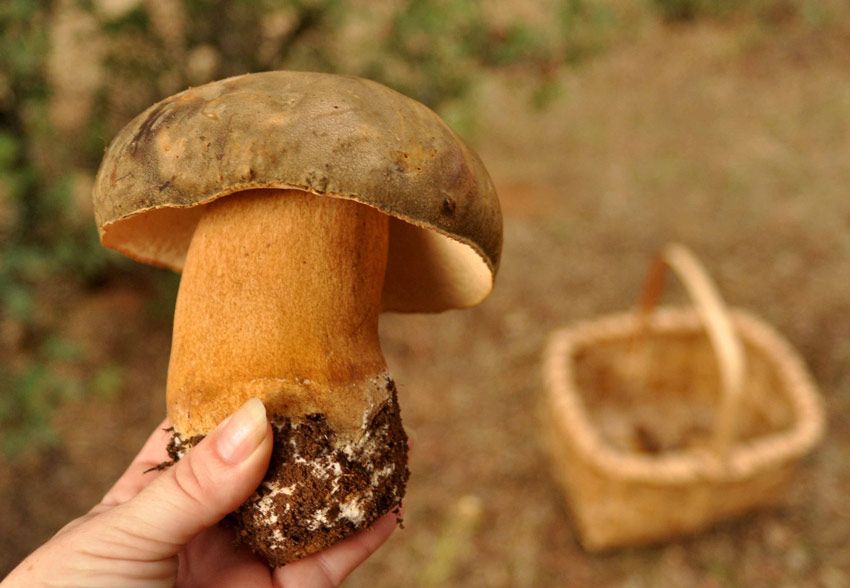
Species close to the ground are best cut off
In the case of mushrooms that grow close to the ground, such as milk caps, wild oyster mushrooms, or blue feet, the best option is undoubtedly to use a knife, and if the blade is curved, even better
Chanterelles are best picked with a gentle movement. The stem becomes narrow at the base and this is the best way to harvest them.
Meanwhile, horn of the death mushrooms prefer to be cut. Growing in clusters, if you pick one specimen, you will take other smaller ones with it. In addition, it is best to leave the inner hole open to make cleaning easier
Macrolepiota mushrooms are also a species that, when mature, detach from the ground almost by themselves, so picking them is undoubtedly the best way to get them into your basket.
In any case, we must plug the hole caused to prevent the mycelium from drying out. This will allow it to continue producing mushrooms if the cycle remains active.
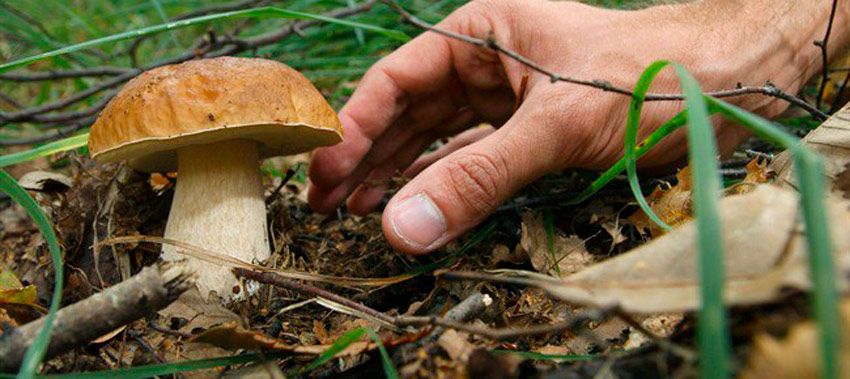
Cut or pull up, how do you harvest cultivated mushrooms?
If anyone is interested in continuing mushroom production, it is undoubtedly professional farmers. For them, it can be a disaster if the mycelium suffers irreparable damage that prevents it from fruiting again. That is why they take great care in this regard.
How are button mushrooms or oyster mushrooms harvested?
Well, it depends a lot on the type of mushroom being grown. If we are talking about button mushrooms or shiitake mushrooms, they are pulled out, while if we are talking about oyster mushrooms, the clusters are cut off. It will depend a lot on whether it is the first flush of mushrooms or whether the substrate is already exhausting its reserves
A scientific study that corroborates this
Thanks to the Swiss Federal Research Institute, WSL, a study was conducted to precisely verify the damage suffered by a mushroom production area during harvesting and also as a result of trampling and soil compaction.
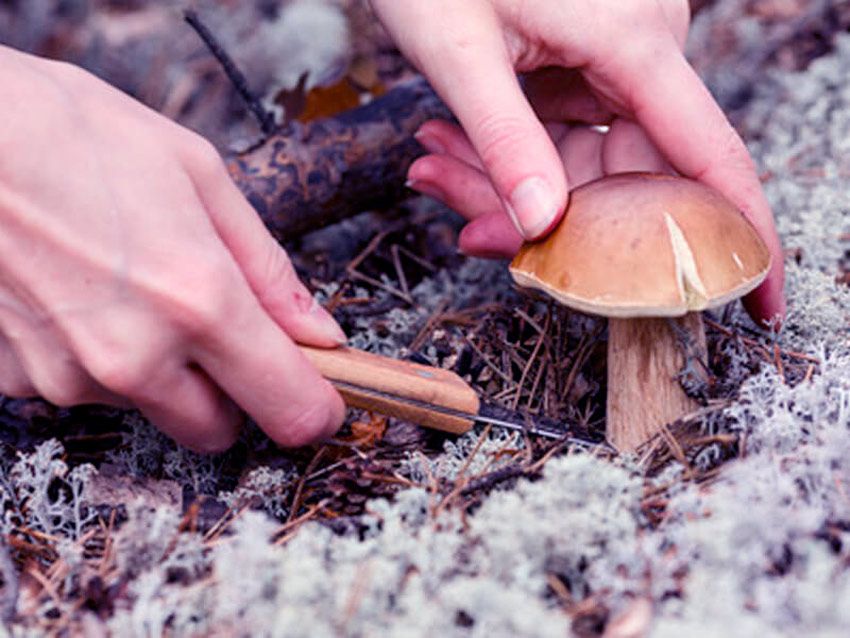
The study found that the mycelium suffers much more from the compaction caused by continuous trampling than from cutting or pulling up the mushrooms.
This study shows that the massification of certain habitats and forests has a greater influence than the act of harvesting mushrooms in one way or another. Therefore, if we want to take care of our mushroom beds, we must be careful when walking on them.
Remember that the best way to preserve the forest is to leave it exactly as it was before you arrived. And if we can also pick up any trash and litter, even better. Let's not forget that we are the ones who will enjoy them and therefore have an obligation to keep them in perfect condition.

Te pueden interesar